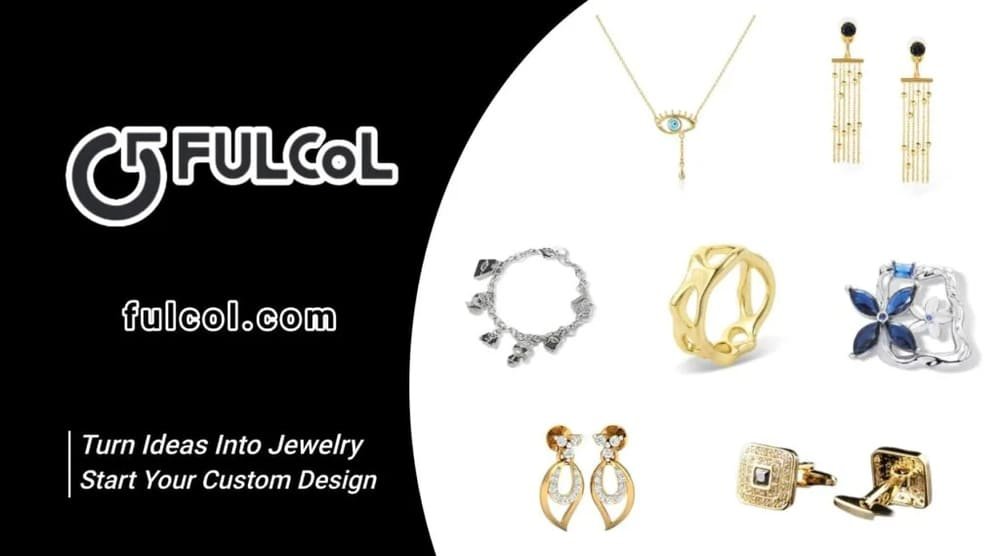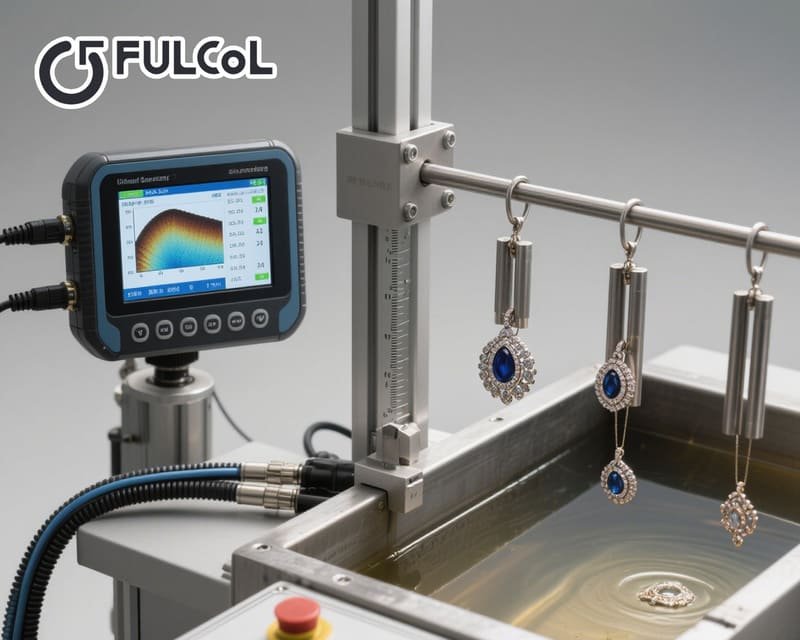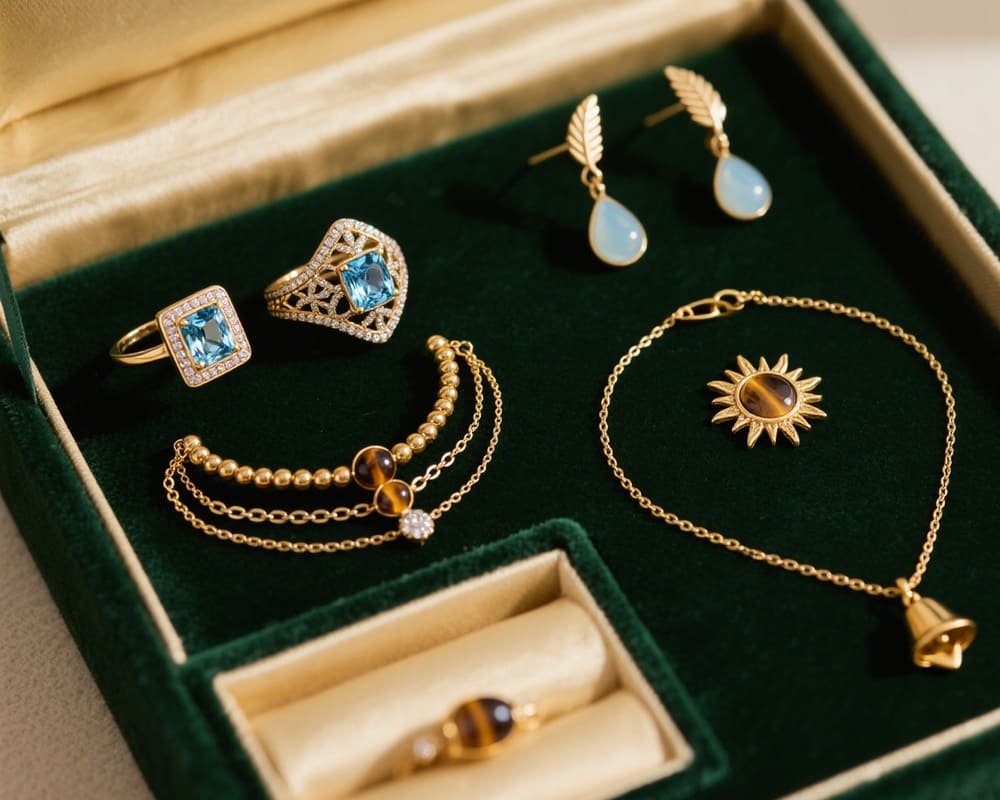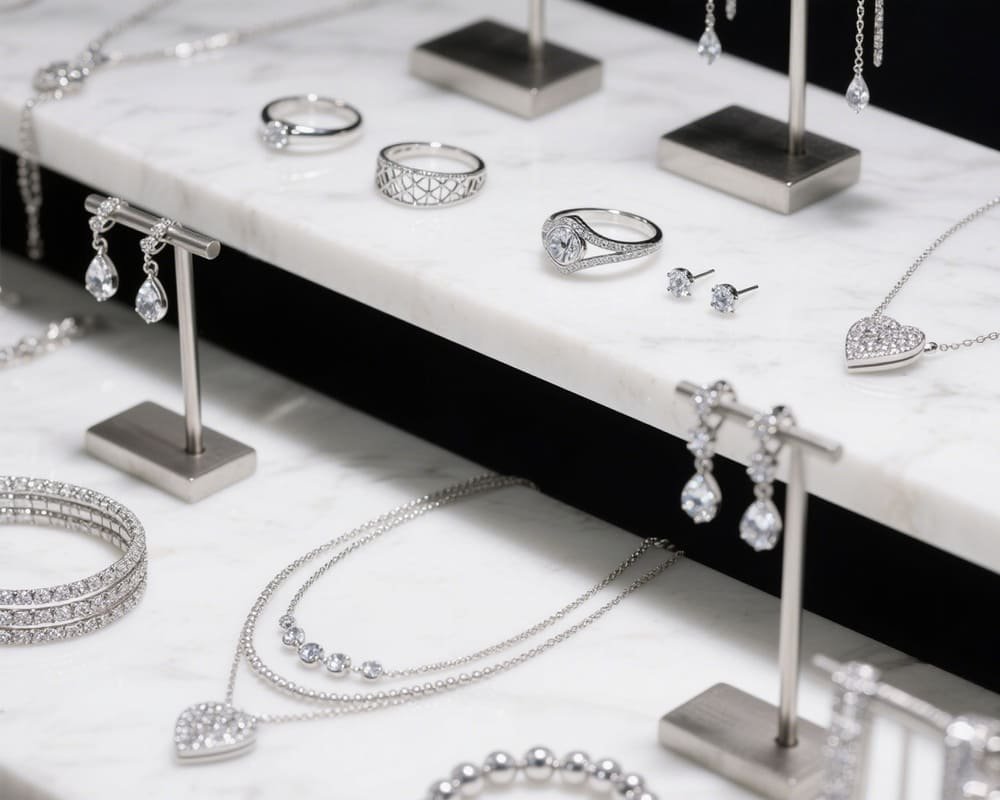Table of contents
- Why Does Brass Jewelry Tarnish? — Materials Science and Chemical Reactions
- Professional Cleaning and Polishing Methods — From Home Care to Advanced Tools
- Modern Manufacturing Techniques — Protective Coatings and Surface Treatments
- Common Mistakes and Pseudo-Scientific Myths
- Long-Term Maintenance — Combining Science and Professional Care
Why Does Brass Jewelry Tarnish? — Materials Science and Chemical Reactions
- Oxidation from Air and Humidity: Brass is an alloy primarily composed of copper and zinc. Copper atoms react easily with oxygen in the air, forming copper oxides that dull the surface. In humid environments, this process accelerates. When sulfur compounds, such as sulfur dioxide in polluted air, are present, the surface can also form copper sulfides, causing a darker or even blackened appearance.
- Impact of Sweat and Skin Secretions: Human sweat contains salts, lactic acid, and amino acids that can trigger electrochemical reactions with brass. These interactions corrode the surface layer, leading to discoloration. This is why brass jewelry tends to tarnish faster during summer or physical activities, when perspiration levels are higher.
- Exposure to Environmental Chemicals: Everyday products like perfumes, cosmetics, and cleaning agents often contain acidic or alkaline substances. These chemicals strip away the protective layer of brass, leaving it more vulnerable to oxidation. Similarly, chlorine in swimming pools reacts directly with brass, accelerating tarnishing and color change.
- Comparison with Precious Metals: Unlike brass, gold and platinum are chemically stable metals, meaning they do not oxidize easily and retain their luster for a long time. Silver does tarnish, but the black silver sulfide layer is usually easier to polish off. Brass, however, develops more complex oxide and sulfide layers that are harder to restore, making proactive care especially important.
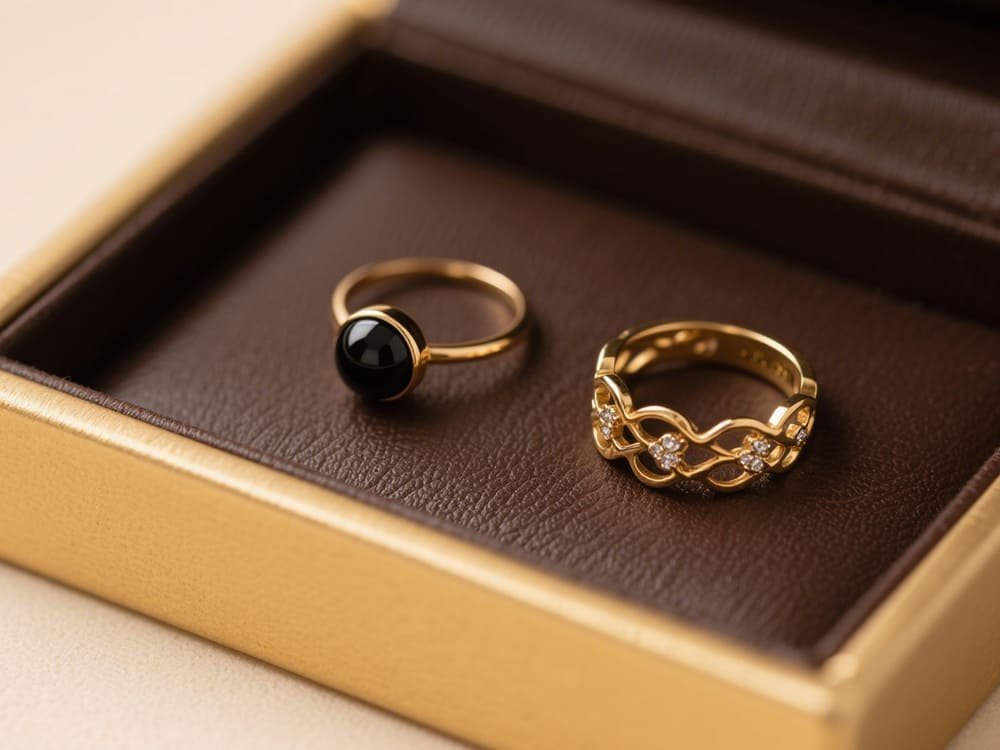
Professional Cleaning and Polishing Methods — From Home Care to Advanced Tools
- Gentle Home Cleaning Techniques: For everyday care, mild cleaning solutions are often sufficient. A mixture of lukewarm water and a few drops of mild dish soap can be used to soak brass jewelry. After soaking, a soft cloth or microfiber towel should be used to gently wipe the surface. Abrasive sponges or harsh cleaners should be avoided, as they can scratch the metal.
- Polishing with Specialized Cloths: Jewelry polishing cloths impregnated with micro-abrasives are widely available. These cloths are specifically designed for metals and are ideal for removing early signs of tarnish without damaging the jewelry. A circular polishing motion can restore shine effectively.
- Ultrasonic Cleaners for Advanced Care: Professional jewelers and many brass jewelry manufacturer facilities rely on ultrasonic cleaning devices. These machines use high-frequency sound waves to agitate a cleaning solution, creating microscopic bubbles that clean the surface thoroughly. Ultrasonic cleaning is especially effective for intricate brass designs where manual polishing may not reach.
- Protective Waxes and Coatings: After cleaning, applying a thin layer of jewelry wax or transparent lacquer helps create a barrier against oxygen and moisture. Some professional-grade products are specifically formulated for brass and extend the time between polishing sessions.
Modern Manufacturing Techniques — Protective Coatings and Surface Treatments
- Electroplating for Extended Protection: Many brass high gold jewellery manufacturers use electroplating technology, where brass jewelry is coated with a thin layer of gold or rhodium. This technique not only enhances the visual appeal but also adds a chemically stable surface layer, significantly delaying tarnishing.
- Nano-Coating Technology: Recent advances in material science have introduced nano-coatings that form invisible, ultra-thin protective films on brass. These coatings are hydrophobic, reducing the effect of moisture and sweat. Though not permanent, nano-coatings provide longer-lasting protection compared to traditional lacquers.
- Clear Lacquer and Resin Applications: Clear lacquer or resin is often applied to brass jewelry during manufacturing. When done properly, this finish seals the surface against air and chemicals. However, poorly applied lacquer may peel over time, which is why selecting a reliable brass jewelry manufacturer is critical for durability.
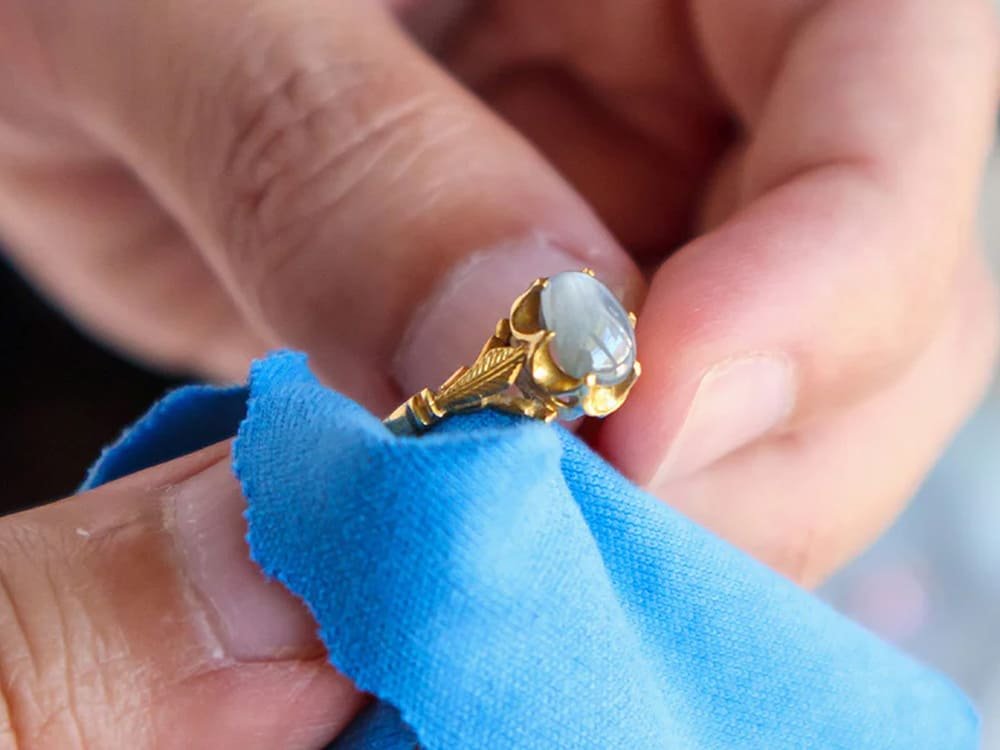
Common Mistakes and Pseudo-Scientific Myths
- Overuse of Abrasive Materials: Many people believe that vigorously scrubbing brass with baking soda or toothpaste is effective. While it may temporarily remove tarnish, such abrasive materials scratch the surface, making it more prone to future tarnishing.
- Misuse of Vinegar and Lemon: Acidic solutions like vinegar or lemon juice are often promoted as quick cleaning hacks. While they do dissolve oxides, excessive use can etch the metal surface, weakening the structure of the jewelry over time.
- Belief in “Permanent” Solutions: Some advertisements claim to offer permanent anti-tarnish sprays or coatings. In reality, no treatment can permanently prevent tarnish on brass, as it is a reactive metal. What matters is delaying the process and ensuring tarnish is easy to remove.
- Storing in Open Air: Leaving brass jewelry exposed on open shelves accelerates tarnishing. Some mistakenly believe constant airflow is beneficial, but in truth, exposure to oxygen and humidity speeds up oxidation.
Long-Term Maintenance — Combining Science and Professional Care
- Proper Storage Practices: Brass jewelry should be stored in airtight containers or jewelry boxes with anti-tarnish strips. Silica gel packets can also be placed inside to reduce moisture. Storing each piece separately prevents scratches and reduces the risk of chemical cross-contamination.
- Routine Cleaning Schedule: Instead of waiting for brass to fully tarnish, light polishing at regular intervals is far more effective. A monthly wipe with a jewelry cloth is sufficient for frequently worn items. This proactive approach reduces the need for heavy cleaning later.
- Professional Maintenance Services: Trusted brass jewelry manufacturer and jewelers often offer professional polishing and re-coating services. These services not only restore shine but also apply fresh protective layers, extending the jewelry’s life span.
- Combining Science with Habit: The science behind tarnishing explains why brass requires special care, but everyday habits matter just as much. Removing jewelry before swimming, exercising, or applying perfumes makes a noticeable difference in longevity.
| Start Your Custom Order | Email: info@fulcol.com | Number: +86 13055603907 |
Brass jewelry combines beauty and affordability, but its reactive nature means tarnishing is inevitable without proper care. By understanding the science of oxidation, adopting proven cleaning methods, and leveraging modern manufacturing techniques, it is possible to significantly extend the brilliance of brass. Choosing an experienced brass jewelry manufacturer or partnering with reputable brass high gold jewellery manufacturers ensures not only stunning designs but also enhanced durability. With the right knowledge and consistent care, brass jewelry can remain a cherished and shining part of your collection for years.
